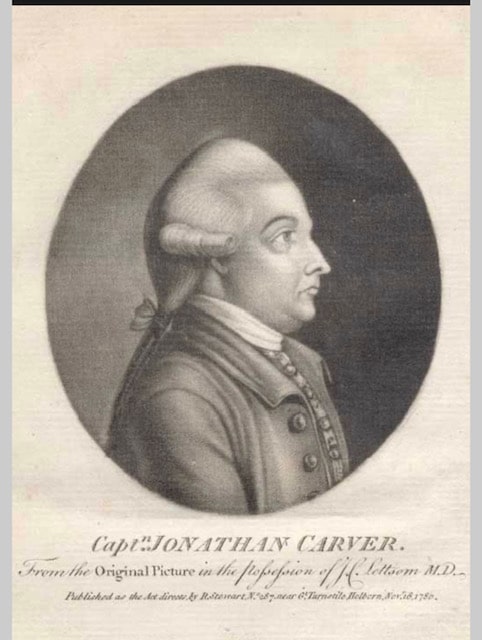A lot happens this month; Flowers bloom, oak leaves fall, winds blow, we can almost smell summertime in the air! With the incoming of summer, we also welcome a Worm Full Moon on Tuesday, March 7. The moon will rise shortly after 7 pm, and appear full for several nights in a row.
Less than a week later, we’ll be adjusting our clocks. We have to “spring ahead” one hour at 2 am on March 12, the official start of Daylight Saving Time. And we may not have to put up with this ritual much longer. In 2022 the US Senate approved the Sunshine Protection Act to make Daylight Saving Time permanent. However, it’s pending within the House of Representatives. It must be reintroduced this session. If passed then it’s on to the President. Florida is one of nineteen states just waiting for this to happen so they can rid themselves of Standard Time once and for all.
There’s still much discussion on the pros and cons of keeping Daylight Saving Time. Arizona and Hawaii don’t have it and they seem perfectly happy. Will we be pleased with later sunrises and dark mornings? Do we really need all this daylight? Our internal clock certainly gets a workout each spring and fall. The time change affects our mood, appetite, and sleep patterns.
On March 20, we celebrate the first day of spring. This day is the Spring Equinox. The Equinox is not really a day, though, but a moment. This year the spring equinox happens on March 20 at 5:24 pm. During that time the Sun is directly overhead at the equator and our hours of daylight and darkness are essentially equal.
And why does the equinox occur on different days each March? Why is there a three day window for it held between March 19-21? It’s all controlled by the Sun and the Earth’s orbit. We follow an astronomical year as well as a calendar year. In the astronomical year the Earth takes 365.25 days to orbit the Sun. Meanwhile we humans count off 365 days on a calendar and call it a year. All in all we gain six hours each year. And if we didn’t set things right with a Leap Day once in a while all our seasons and holidays would eventually be way out of line! Summer in December! Fourth of July at Christmas! So we insert a Leap Day every four years. The next one is due February 2024. The extra day is always tacked onto our shortest month.
So why is March called a Worm Full Moon? I always thought it was all about earthworms coming out of the soil in spring. Those beneficial wriggly creatures are everywhere following rainstorms! They appear on sidewalks and pop up in flower beds. But the Worm Moon from years ago might have been named for a slightly different reason.
It’s hard to imagine this primitive land some 250 years ago. In the 1760s Massachusetts born Captain Jonathan Carver was assigned to explore territories acquired in the French and Indian War. He was to search for a Northwest Passage alternate route. Gold was promised to one who could do so.
Carver was a former soldier, and a mapmaker and self taught surveyor. During a three year journey he went across America further than any English speaking man had done before. He encountered Native American tribes along the way from Michigan to the Mississippi River. He kept a journal detailing his observations of the rich land and its people.
He spent the winter of 1766-1767 at a Sioux village on the Minnesota River. As he traveled from tribe to tribe he was welcomed and became something of a celebrity. One of his winter years Carver noticed something unusual. He spotted many beetle larvae coming out from their winter hiding places. They came up from under tree bark and looked like dozens of wriggling worms! So that is how the Worm Moon might have gotten its name.
Carver’s expedition time ended as supplies ran out. He fought to get paid but was accused of not having proper authorization to explore. All rewards were denied. He had no money but he had his journals. Carver decided to go to Europe to publish them. He left behind a wife and family. He didn’t know at the time he would never see them again. It took 9 years and numerous delays to get his book done.
In 1778, the collective journals were finally published! They were titled Travels Through the Interior Parts of North America in the Years 1766, 1767, 1768. The book was widely successful and became printed in over 30 editions. Sadly, Carver never saw the profits from the book nor had recognition for his efforts in his lifetime. He died a lonely and broken man in 1780. He did not see his 70th birthday and was buried in a potter’s field in Europe.
His book is available. We can all search it out and read about the new territories he visited and their people. The man who saw young beetles also inspired our Worm Full Moon! The small city of Carver Minnesota is named in his honor. It sits along the banks of his beloved Minnesota River.

